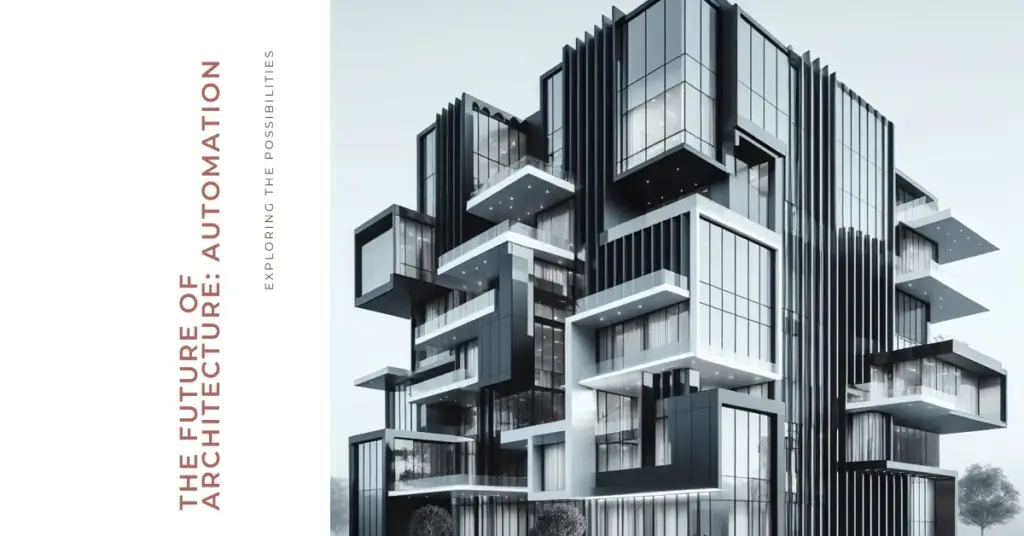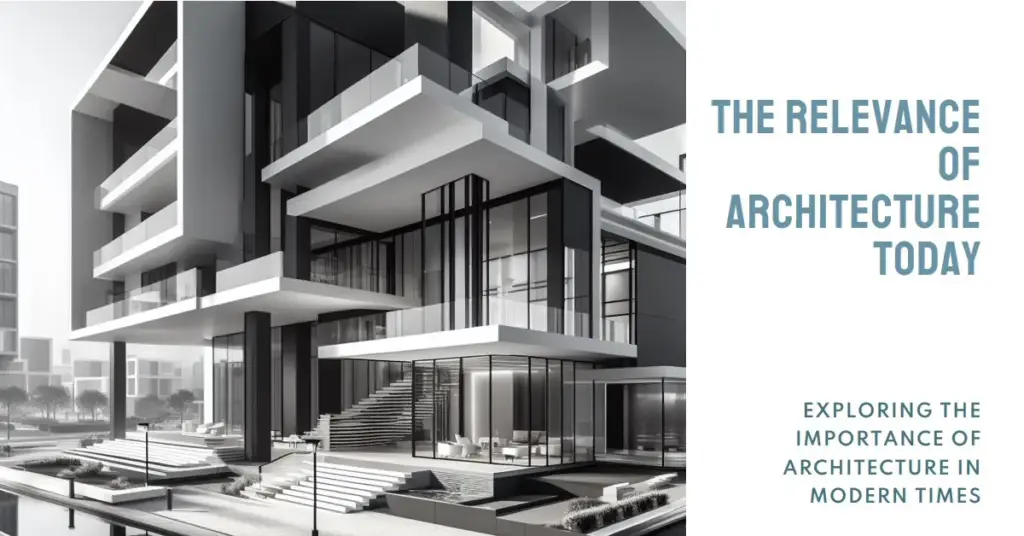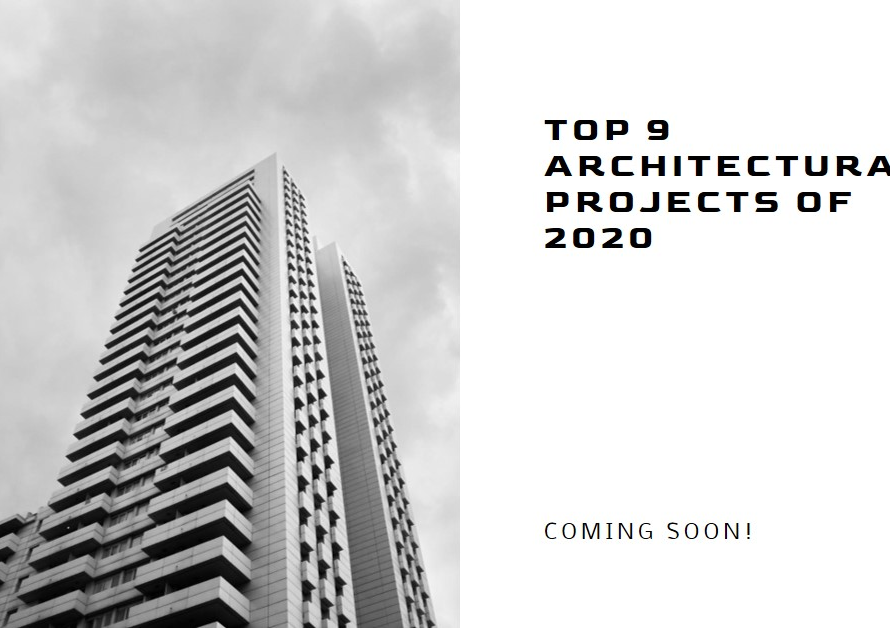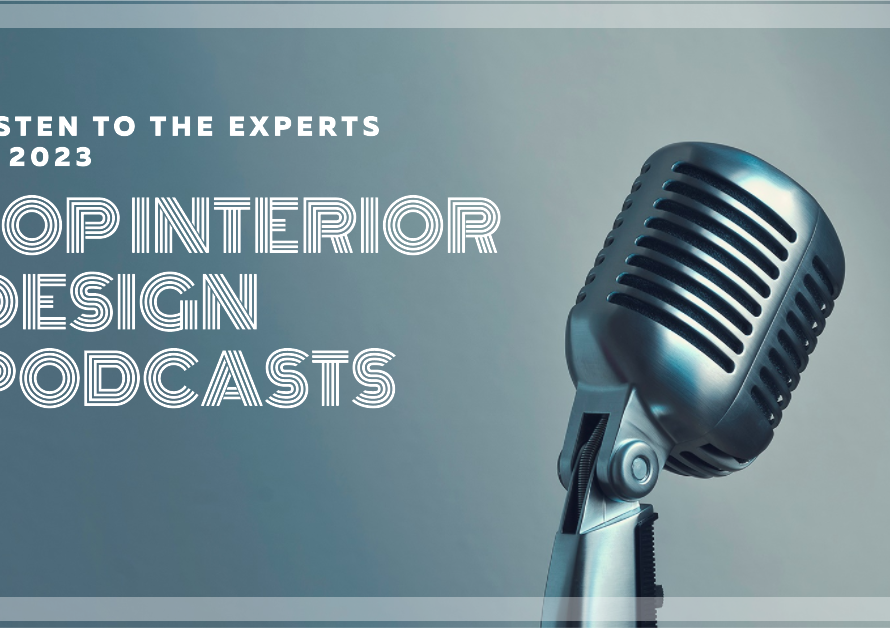
Table of Contents
Introduction: A Prelude to Automation in Architecture
As technology continues its relentless march forward, the question arises: Will architecture, the bastion of creativity and innovation, succumb to the tides of automation? This exploration delves into the intricate interplay between architecture and automation, examining the promises, challenges, and potential transformations that lie ahead in a world increasingly driven by smart technologies.
Section 1: The Rise of Machines: A Glimpse into Automated Architectural Processes
In the realm of architecture, the prospect of automation isn’t a distant hypothesis but a burgeoning reality. Automated design processes powered by algorithms and artificial intelligence are reshaping how architects conceptualize and execute their visions. From generating design iterations to optimizing building performance, machines are becoming indispensable collaborators in the architectural process.
Automation is streamlining mundane tasks, allowing architects to focus on the more creative aspects of their work. Design iterations that would take weeks are now accomplished in a fraction of the time, propelling the field into a new era where efficiency and innovation coalesce. The rise of automated tools is not a threat but an augmentation of the architect’s toolkit, offering the potential to unlock new levels of creativity.
Section 2: A Symphony of Precision: Automation in Construction
The construction phase, traditionally reliant on manual labor, is also experiencing the transformative touch of automation. Robotic construction, 3D printing, and autonomous machinery are challenging the conventional norms, promising to revolutionize how buildings are erected. The precision and speed offered by automated construction processes not only reduce costs but also enhance the safety and structural integrity of the final product.
Automated construction technologies are particularly potent in addressing housing shortages and infrastructure demands. From 3D-printed homes to robotic bricklaying, these innovations are not merely streamlining construction timelines but also expanding the possibilities of architectural design. The synergy between automated construction and architectural ingenuity represents a leap forward into uncharted territories.
Section 3: Designing Tomorrow: The Role of AI in Architectural Creativity
Artificial Intelligence (AI) is emerging as a formidable force in the creative realms of architecture. Machine learning algorithms analyze vast datasets, extracting patterns and insights that inform design decisions. AI, rather than replacing human creativity, becomes a catalyst for inspiration, offering architects a wealth of information and possibilities to inform their designs.
Automated design tools can process and analyze historical architectural data, predicting trends and preferences. This not only streamlines the design process but also ensures that architectural creations are informed by a nuanced understanding of societal needs and aesthetic preferences. The marriage of human creativity with AI-driven insights promises a future where architecture is not only visionary but also deeply attuned to the pulse of society.
Section 4: Automated Optimization: Enhancing Building Performance
The quest for sustainability and efficiency is a driving force behind the integration of automation in architecture. Automated optimization tools analyze various parameters, from energy usage to environmental impact, ensuring that buildings are not just aesthetically pleasing but also environmentally responsible. The result is a new breed of structures that seamlessly blend form and function.
Through automated simulations and data-driven decision-making, architects can create spaces that respond dynamically to their surroundings. The optimization of building performance not only aligns with environmental imperatives but also caters to the evolving expectations of occupants for intelligent, adaptable spaces. Automation, in this context, becomes a key ally in the pursuit of a sustainable architectural future.
Section 5: The Human Touch: Balancing Automation with Artistic Vision
Amidst the surge of automation, the human touch remains irreplaceable in architecture. While machines can enhance efficiency and offer data-driven insights, the essence of architectural creation—the ability to evoke emotions, tell stories, and reflect cultural nuances—resides in the human mind. Architects bring a unique blend of intuition, empathy, and cultural awareness that is challenging to replicate through automated processes.
The symbiosis between automation and the human touch is where the true potential of architectural innovation lies. Architects leveraging automated tools can channel their creative energies into pushing the boundaries of design, unburdened by repetitive and time-consuming tasks. The challenge lies in striking a harmonious balance, where automation complements and amplifies the artistic vision rather than overshadowing it.
Section 6: Ethical Considerations: Navigating the Moral Landscape of Automation
As the architectural realm embraces automation, a crucial conversation revolves around the ethical implications of these technologies. Automated design processes, particularly those driven by AI, raise questions about accountability, biases in algorithms, and the potential detachment from the human context. Ethical considerations become paramount in ensuring that automation in architecture serves the greater good.
Architects and technologists must collaborate to establish ethical guidelines that prioritize transparency, fairness, and human-centric values. From addressing algorithmic biases to ensuring data privacy, the ethical landscape of automation in architecture is a complex terrain that requires careful navigation to prevent unintended consequences.
Section 7: Education Revolution: Preparing Architects for an Automated Future
The integration of automation in architecture necessitates a revolution in architectural education. As the skill set required evolves, educational institutions must equip future architects with not only traditional design knowledge but also proficiency in utilizing automated tools. The curriculum must encompass programming, data analysis, and a deep understanding of the ethical considerations surrounding automation.
Architectural education becomes a pivotal player in shaping professionals who can navigate the complex intersection of creativity and technology. The architects of tomorrow must be adept at leveraging automation as a tool, understanding its potential and limitations to contribute meaningfully to the evolving landscape of architectural practice.
Section 8: Collaborative Future: Architects and Machines as Partners
The future envisions a collaborative landscape where architects and machines are partners in the creative process. Automated tools are not usurping the role of architects but rather enhancing their capabilities. The synergy between human intuition and machine precision can lead to unprecedented levels of innovation, where the boundaries of what is conceivable in architecture are continually pushed.
Collaboration also extends beyond the architectural studio. Architects, technologists, policymakers, and ethicists must collaborate to shape a future where automation serves societal needs and aspirations. The collaborative ethos becomes a cornerstone for a future where automation is a tool for collective progress rather than an isolated pursuit.
Section 9: Economic Paradigm: Impacts of Automation on Architectural Practices
The integration of automation in architecture has profound implications for the economic paradigm of architectural practices. While automated processes can enhance efficiency, they also necessitate initial investments in technology and training. Small practices may face challenges in keeping up with these changes, potentially creating a divide between large firms with resources to invest in automation and smaller, traditional practices.
The economic landscape of architectural services may undergo a transformation as the value proposition of firms evolves with the integration of automation. The ability to adapt to these changes and find a balance between human expertise and technological augmentation will be pivotal for the sustained success of architectural practices in the automated future.
Section 10: The Uncharted: Exploring New Frontiers with Automation
As automation becomes an integral part of architectural practice, it opens doors to uncharted frontiers. The exploration of new materials, construction techniques, and design possibilities becomes more accessible with the aid of automated tools. Architects are no longer bound by the constraints of the past; they are pioneers charting new territories in response to the challenges and opportunities that automation presents.
The uncharted territories beckon architects to dream beyond conventional boundaries. Whether it’s designing structures on Mars or envisioning adaptive, responsive environments, automation becomes the key to unlocking the doors to a future where architectural creativity knows no bounds.


Conclusion: The Future Canvas – Where Automation and Architecture Converge
In conclusion, the future of architecture unfolds at the intersection of human creativity and automated precision. Automation is not a threat but a transformative force, propelling the field into realms previously unimagined. The canvas of architectural creation is expanding, inviting architects to embrace the tools of automation as allies in their quest to shape a built environment that is sustainable, innovative, and resonant with the human spirit.


